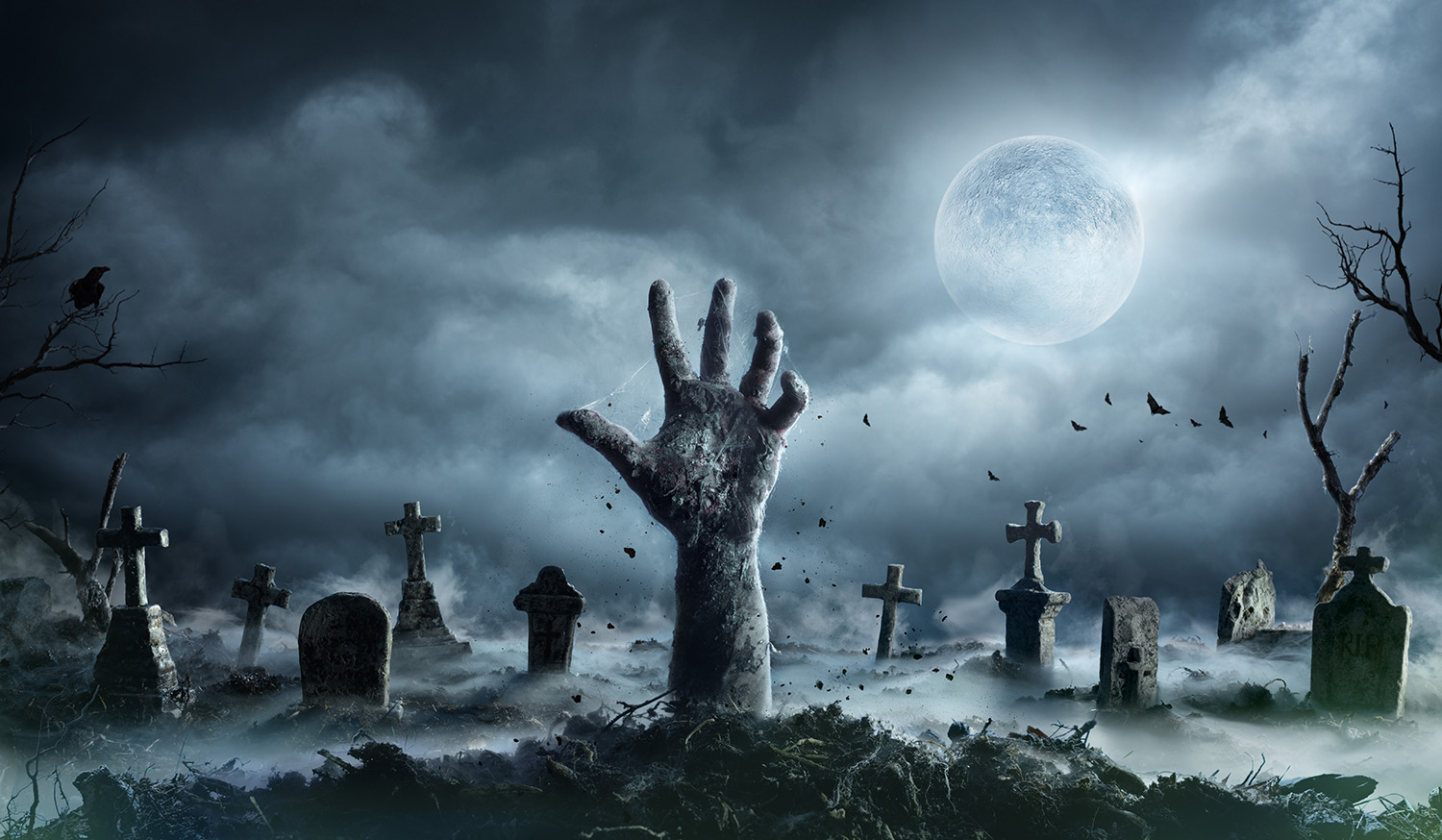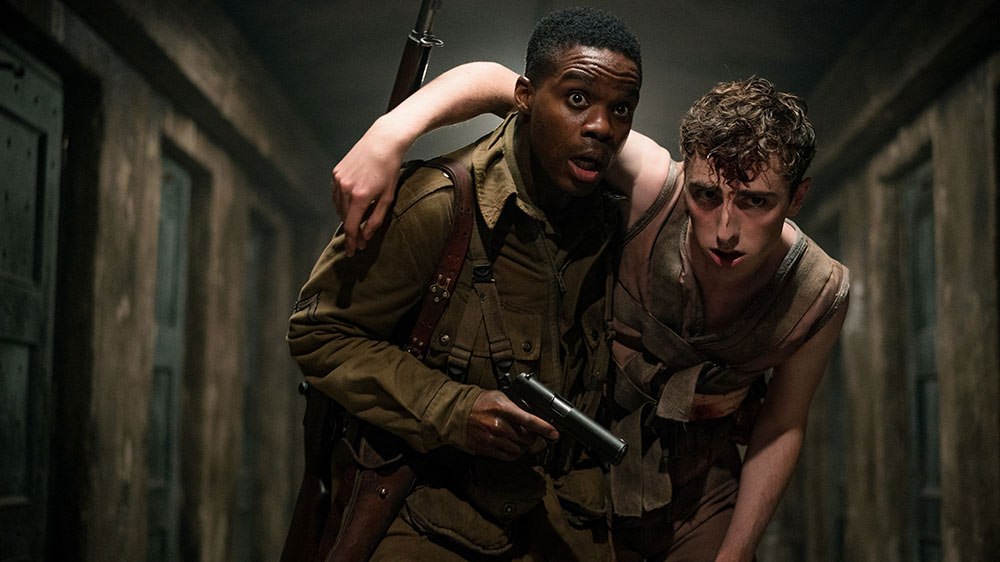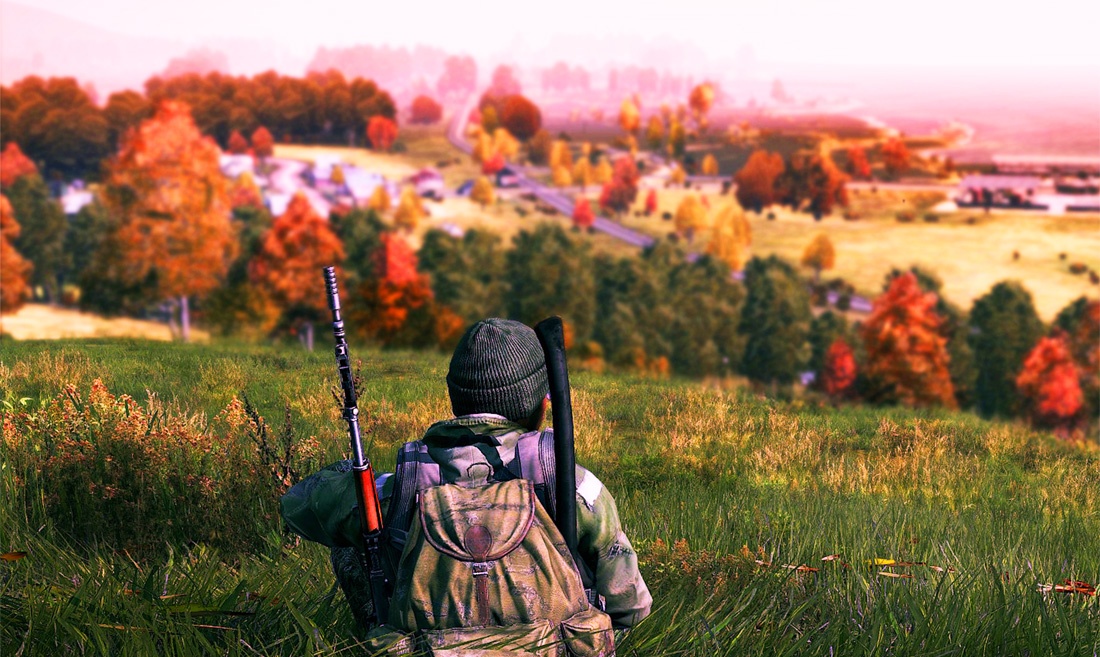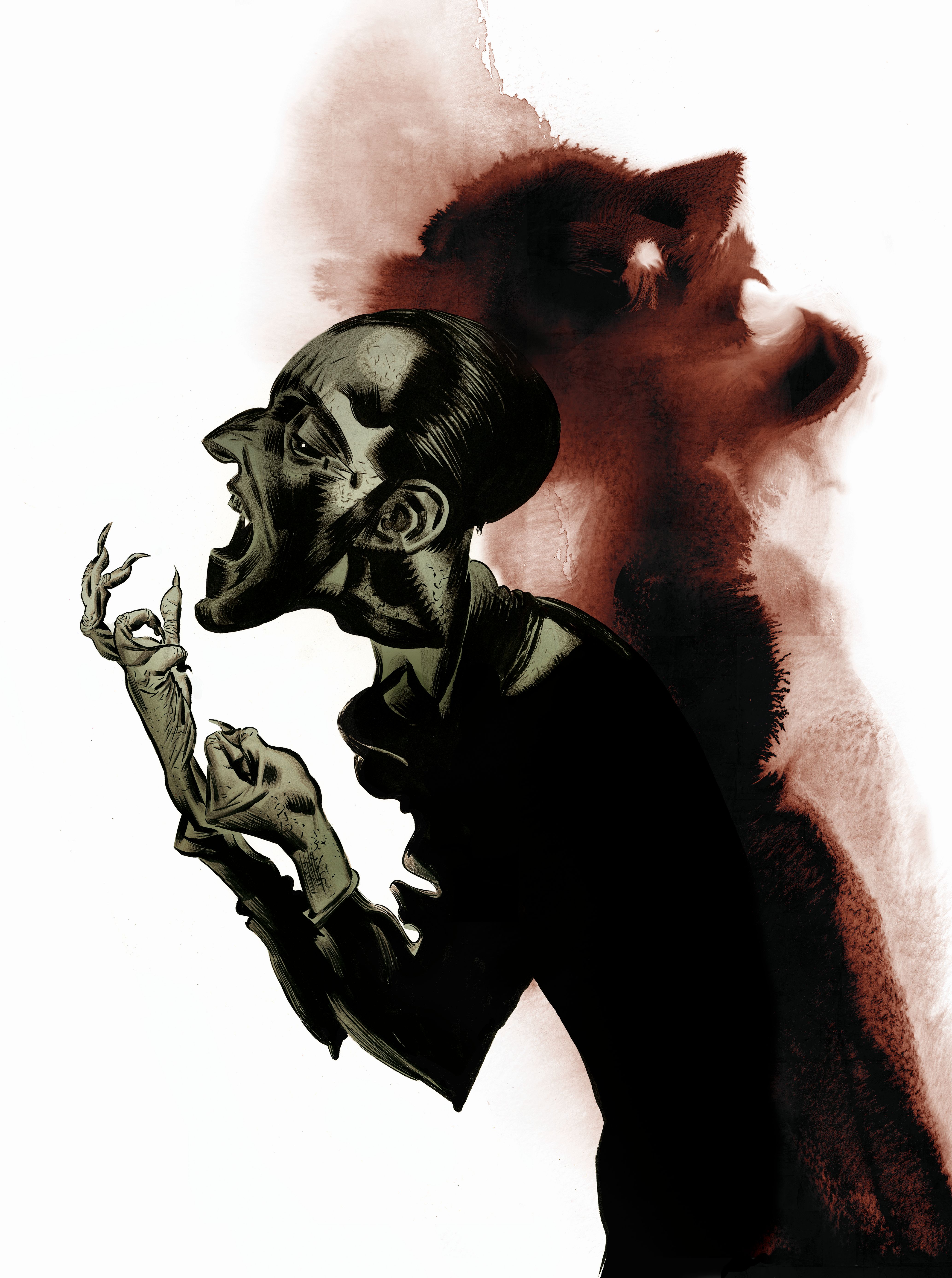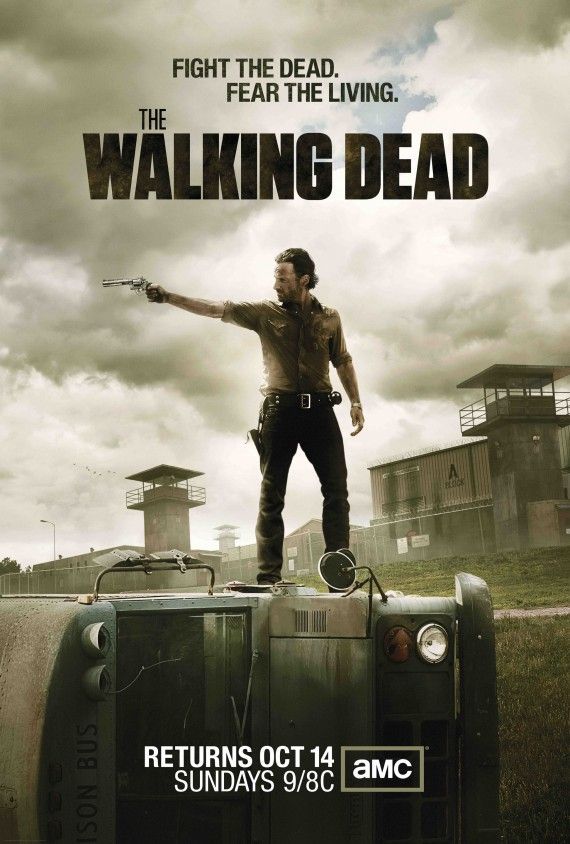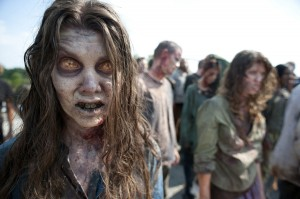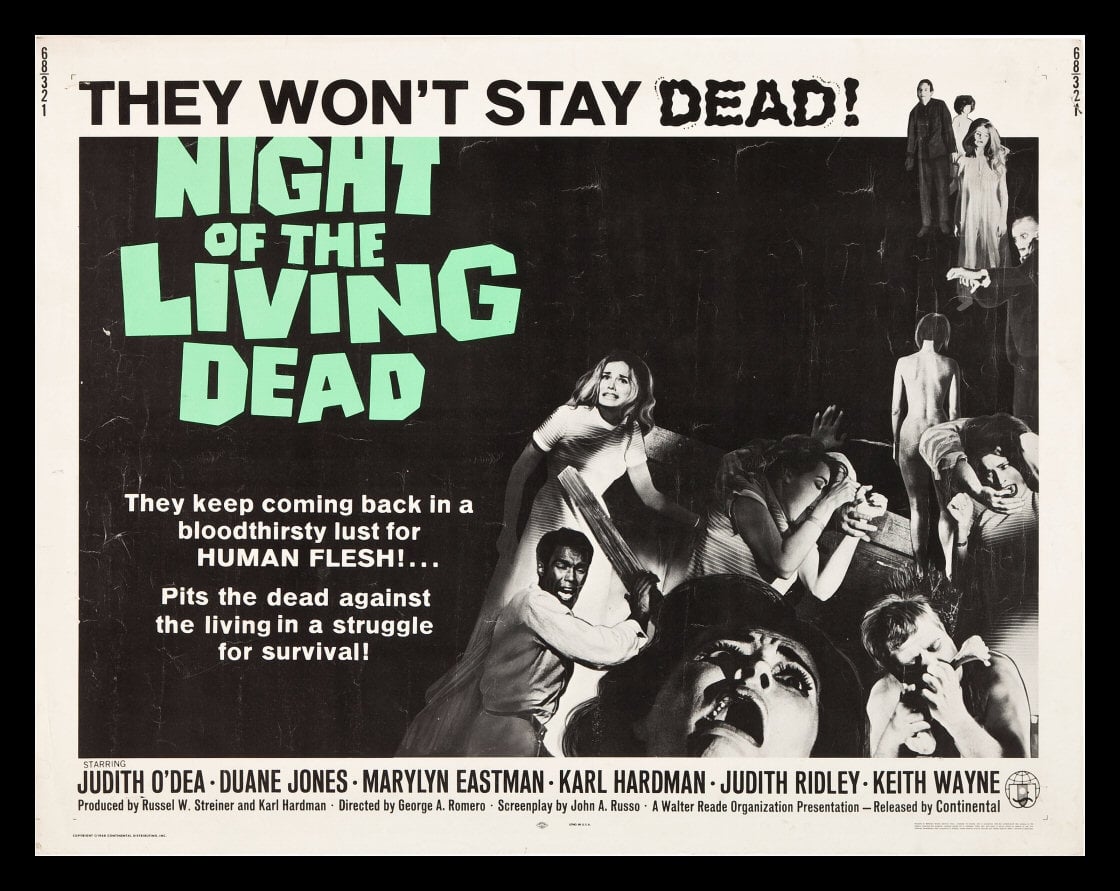The history of zombies in horror fiction is a long and intriguing one. From their use as a threat or weapon to their emergence as an archetype horror villain in their own right, zombies have been a force to be reckoned with. In this week’s blog we take a look at the development of zombies in horror and some key examples that shaped our view of the zombie sub-genre.
Flame Tree Fiction
Topics: Zombies, gothic horror, Horror Fiction History
This new outing for the Nazi zombie genre sees Jovan Adepo and Wyatt Russell as American soldiers who lead their squadron on a mission to disable a radio tower on the night before D-Day. What they discover is something much darker than any of them expected.
Topics: Zombies, Film Review
The British Library’s recent exhibition Terror and Wonder: The Gothic Imagination celebrated 250 years since Horace Walpole’s ‘Castle of Otranto’, though the popular exhibition sadly closed its doors last month, leaving fewer ways to now satisfy that thirst for all things gothic. With our new range of ebooks on the subject, we thought we’d take a look back at how the exhibition looked at the gothic genre, and see if we can’t provide some material for those who missed out or simply need another fix!
Topics: Museums & Galleries, Gothic Dreams, Zombies, vampires
Awakening to A Changed World
OK, so first of all, the post-apocalyptic thing is there – a trope much beloved of zombie-filmmakers – but more specifically, I experienced much déja-vu in the opening scenes as the protagonist wakes up in hospital to discover he has been abandoned by his carers and no one is left, save for some desperate, groaning, shuffling people wandering the wards... Where had I seen this before?
Topics: Gothic Dreams, Zombies
Today’s Zombie
In the last decade, Zombie pictures, movies and games have entered the mainstream in a big way. The Walking Dead has not only seen huge success in its comic book form, but also in the tv show adapted from it. Even an actor as well loved as Brad Pitt produced and starred in a film adaptation of Max Brook’s World War Z. Yet even as the genre grows, it is important to remember that it owes a huge debt to the the wonderfully twisted mind of George Romero.
Topics: Gothic Dreams, Zombies
Mary Shelley’s Creature
The original Creature is never described in great detail in the novel. The most we are told is that he is large and, in some way, hideous. Horror is at its best when the threat, when the feared thing, is enigmatic. What exists in our minds will always be something more than could ever be clearly described on the page. This is also true because the creature transforms throughout the book. Not physically, of course, but in how we view him. Perhaps we see him first as a sympathetic creature, shunned from society due to his ugliness. We might even sympathize further, as we see a character whose inner value is hidden under a rough exterior. As the creature turns towards evil, towards murdering those who Victor Frankenstein loves, our view of him turns to a dark avenger. Whether a terrifying figure who haunts, or a disgusting creature whose face is darkened by flashes of lightning, what it actually might look like is informed by how we view and comprehend it.
Topics: frankenstein, Zombies, sf fiction
.png?width=3036&height=619&name=Beautiful%20books%2c%20Timeless%20storytelling%20(4).png)
